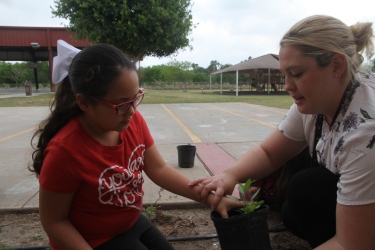
The passing of knowledge: how to plant At Hendricks Elementar
The wind moves some leaves and a butterfly flutters flower from flower, while children watch in wonder. This scene will be common place in several campuses on the McAllen ISD—ten campuses, to be exact—in their newly-planted Monarch gardens.
For a while now, the Monarch butterfly population has been going down at an alarming rate, due to loss of habitat, pesticide and herbicide overuse, and disease. Monarch butterflies pass through the Valley in their journey to and from Michoacan, Mexico, where they overwinter, to places north (all the way to Canada) where they spend the summer. To help them, we can plant a Monarch garden. Butterfly gardens located in homes, businesses, places of worship, schools –really, anywhere there is a patch of soil– provide much needed habitat for butterflies.

Getting their hands dirty to help Monarchs at Gonzalez Elementary.
This is where the school gardens come in. School gardens have been extolled as having many benefits for children, ranging from academic to social to health. They connect students with something larger than themselves and shows them how they are part of the ecosystem/environment.
In addition, by planting a garden, students are learning they can have a positive effect on the environment and are taking action on an issue– in this case, the decline of the Monarch population. Thus, students are participative citizens in providing a solution to help an environmental issue, which fosters environmental stewardship from an early age.
Last year Quinta Mazatlan reached out to McAllen ISD schools to see if they would be interested in creating Monarch butterfly gardens. Ten schools stepped up to the call and replied they would like to take action and help the monarch. They are 7 elementaries (Fields, Garza, Gonzalez, Hendricks, Perez, Rayburn, and Thigpen-Zavala) and 3 high schools (IB/Lamar Academy, Memorial, and Rowe). These gardens are certified with the National Wildlife Federation, and thus are part of the McAllen’s Mayor’s Monarch Pledge (an initiative to help the Monarchs) and the McAllen ISD Schoolyard Habitat District.
Funding for the plants given to nine of the schools was provided by generous donations of guests at Moon Over Mazatlan, our yearly fundraiser. Schools received native nectar and host plants, and guidance from Quinta Mazatlan if needed. Schools provided their enthusiasm, time, elbow grease, and anything else needed to make this happen. One school funded the project itself, as there were no funds available yet.
Schools tackled this in different ways: gardens were projects for a class, grade, garden club or other student organizations, or a graduation requirement, ranging from Kinder-age students to high school seniors. Adult leaders included teachers of various grades, coaches, principals, custodians, and parent volunteers, without whom this project would not have been possible.
Quinta Mazatlan congratulates these teachers and students who decided to take on an extra project to help the beautiful Monarch. The hope is these gardens and story inspire others to plant more native gardens. You can make a difference, just like these schools.
For more information on how to make a butterfly garden and certify it, please check out our website: http://www.quintamazatlan.com/nativeplants/mayorsmonarchpledge.aspx.

Flower planting flourishing at Rayburn Elementary

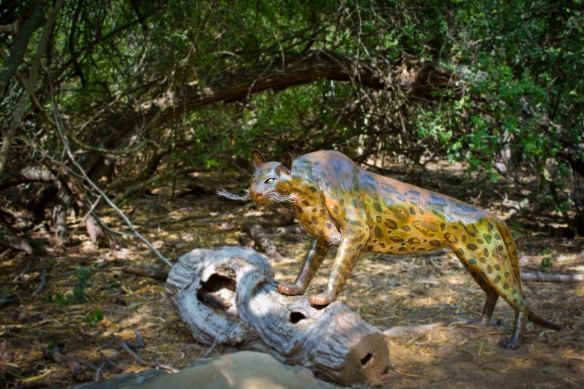
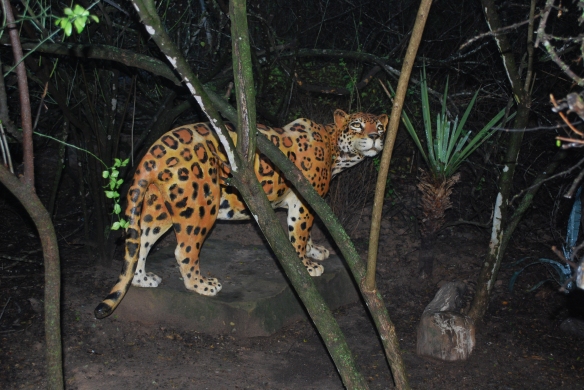 Jaguars are large cats that can be found in North, Central and South America. They are identified by their yellow or orange coats, dark spots and short legs. The dark spots on their coats are unlike any other cat spots. Each spot looks like a rose and are called rosettes.
Jaguars are large cats that can be found in North, Central and South America. They are identified by their yellow or orange coats, dark spots and short legs. The dark spots on their coats are unlike any other cat spots. Each spot looks like a rose and are called rosettes.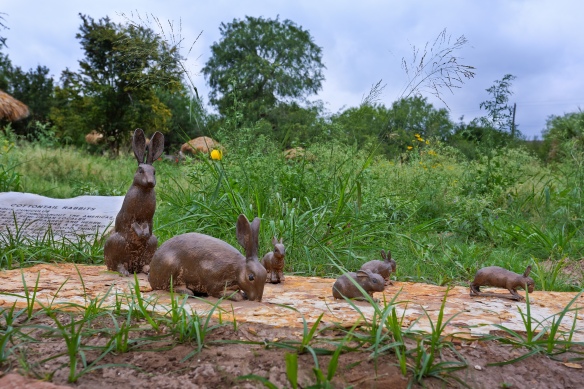 Cottontail rabbit are global animals that can be found from Canada to South America and, in the United States, from the East Coast to the Great Plains. Cottontails range from reddish brown to gray, but all feature the distinctive “cotton ball” tail for which they are named. Their maximum size is about 18 inches with an average weight of 41 ounces.
Cottontail rabbit are global animals that can be found from Canada to South America and, in the United States, from the East Coast to the Great Plains. Cottontails range from reddish brown to gray, but all feature the distinctive “cotton ball” tail for which they are named. Their maximum size is about 18 inches with an average weight of 41 ounces.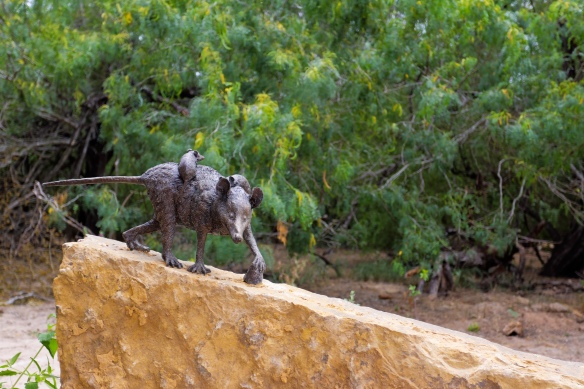 Opossums are marsupial mammals that originated in South America, and entered North America in the Great American Interchange following the connection of the two continents. The word “opossum” is borrowed from the Virginia Algonquian (Powhatan) language meaning “white dog” or “white beast/animal”. Opossums have prehensile tails. Their semi-prehensile tails are not strong enough to support a mature adult’s weight. Instead, the opossum uses its tail as a brace and a fifth limb when climbing. The tail is occasionally used as a grip to carry bunches of leaves or bedding materials to the nest.
Opossums are marsupial mammals that originated in South America, and entered North America in the Great American Interchange following the connection of the two continents. The word “opossum” is borrowed from the Virginia Algonquian (Powhatan) language meaning “white dog” or “white beast/animal”. Opossums have prehensile tails. Their semi-prehensile tails are not strong enough to support a mature adult’s weight. Instead, the opossum uses its tail as a brace and a fifth limb when climbing. The tail is occasionally used as a grip to carry bunches of leaves or bedding materials to the nest.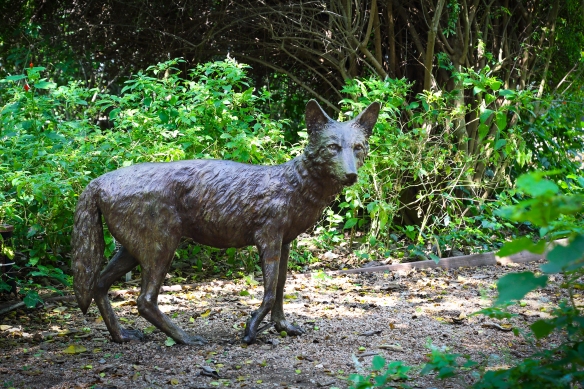



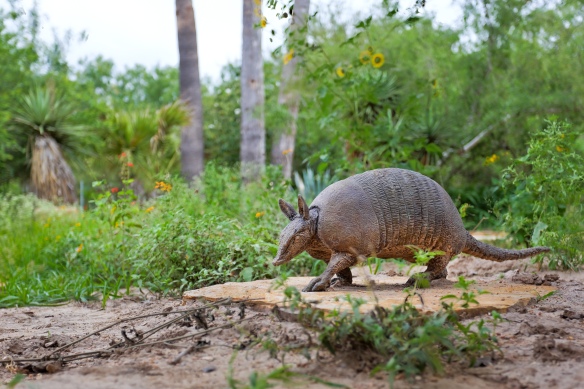
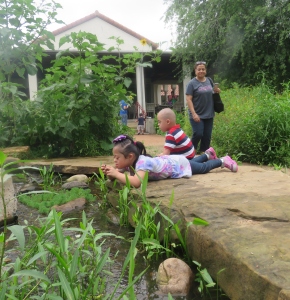 Did you know that for two millennia, people around the world have been observing Christmas with traditions and practices that are both religious and secular in nature? Christmas is both a sacred religious holiday and a worldwide cultural and commercial phenomenon. Christians celebrate Christmas Day as the anniversary of the birth of Jesus of Nazareth, a spiritual leader whose teachings form the basis of their religion. Popular customs include exchanging gifts, decorating Christmas trees, attending church, sharing meals with family and friends and, of course, waiting for Santa Claus to arrive. December 25–Christmas Day–has been a federal holiday in the United States since 1870. People wish each other Merry Christmas (Feliz Navidad). Today, Christmas is a time for family and friends to get together share a meal and exchange gifts.
Did you know that for two millennia, people around the world have been observing Christmas with traditions and practices that are both religious and secular in nature? Christmas is both a sacred religious holiday and a worldwide cultural and commercial phenomenon. Christians celebrate Christmas Day as the anniversary of the birth of Jesus of Nazareth, a spiritual leader whose teachings form the basis of their religion. Popular customs include exchanging gifts, decorating Christmas trees, attending church, sharing meals with family and friends and, of course, waiting for Santa Claus to arrive. December 25–Christmas Day–has been a federal holiday in the United States since 1870. People wish each other Merry Christmas (Feliz Navidad). Today, Christmas is a time for family and friends to get together share a meal and exchange gifts.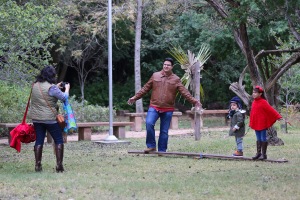 Mazatlan. Quinta Mazatlan invites you to explore Folk Art through the eyes of Ann Maddox Moore. The Folk Art Room features over 1,400 pieces of art from Moore’s private collection. Attend one of our inspiring tours held throughout the week or bring the little ones out and enjoy one of our many educational programs. Meander our 26-acre park and enjoy a breath of fresh air.
Mazatlan. Quinta Mazatlan invites you to explore Folk Art through the eyes of Ann Maddox Moore. The Folk Art Room features over 1,400 pieces of art from Moore’s private collection. Attend one of our inspiring tours held throughout the week or bring the little ones out and enjoy one of our many educational programs. Meander our 26-acre park and enjoy a breath of fresh air.
